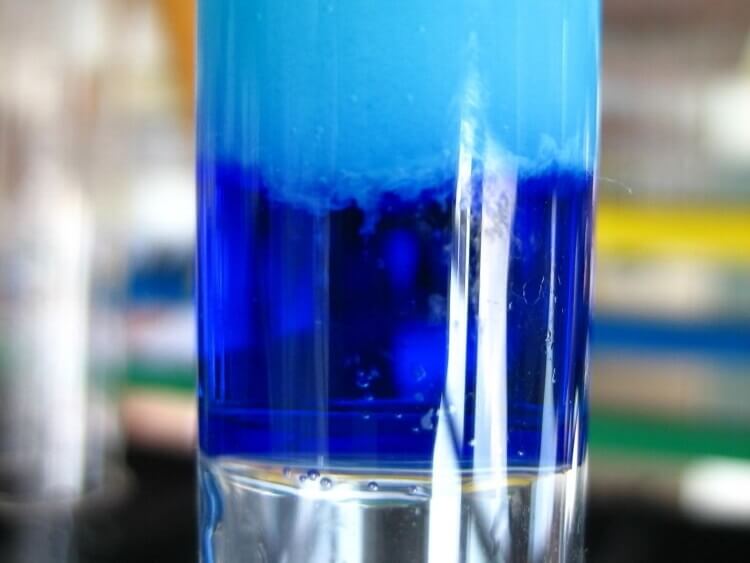3h
Human STK39(Serine/Threonine Kinase 39) ELISA Kit
Human STK39(Serine/Threonine Kinase 39) ELISA Kit
50ng/mL
Sandwich
0.24ng/mL
0.781-50ng/mL
Enzyme & Kinase;
ELISA Enzyme-linked immunosorbent assays Code 90320007 SNOMED
DCHT; SPAK; STE20/SPS1-related proline-alanine-rich protein kinase
Serine protease, D- or L-serine arginine rich enzyme of serine threonine kinase with serine that is encoded by the codons UCU, UCC, UCA, UCG, AGU and AGC is an ɑ-amino acid that is used in the biosynthesis of proteins. It contains an α-amino group (which is in the protonated −NH+ 3 form under biological conditions), a carboxyl group. It is non-essential in humans, meaning the body can synthesize it.
E05 478 566 350 170 or Enzyme-Linked Immunosorbent Assays,E05 478 566 350 170 or Enzyme-Linked Immunosorbent Assays,Human proteins, cDNA and human recombinants are used in human reactive ELISA kits and to produce anti-human mono and polyclonal antibodies. Modern humans (Homo sapiens, primarily ssp. Homo sapiens sapiens). Depending on the epitopes used human ELISA kits can be cross reactive to many other species. Mainly analyzed are human serum, plasma, urine, saliva, human cell culture supernatants and biological samples.
The test principle applied in this kit is Sandwich enzyme immunoassay. The microtiter plate provided in this kit has been pre-coated with an antibody specific to Serine/Threonine Kinase 39 (STK39). Standards or samples are then added to the appropriate microtiter plate wells with a biotin-conjugated antibody specific to Serine/Threonine Kinase 39 (STK39). Next, Avidin conjugated to Horseradish Peroxidase (HRP) is added to each microplate well and incubated. After TMB substrate solution is added, only those wells that contain Serine/Threonine Kinase 39 (STK39), biotin-conjugated antibody and enzyme-conjugated Avidin will exhibit a change in color. The enzyme-substrate reaction is terminated by the addition of sulphuric acid solution and the color change is measured spectrophotometrically at a wavelength of 450nm ± 10nm. The concentration of Serine/Threonine Kinase 39 (STK39) in the samples is then determined by comparing the O.D. of the samples to the standard curve.
